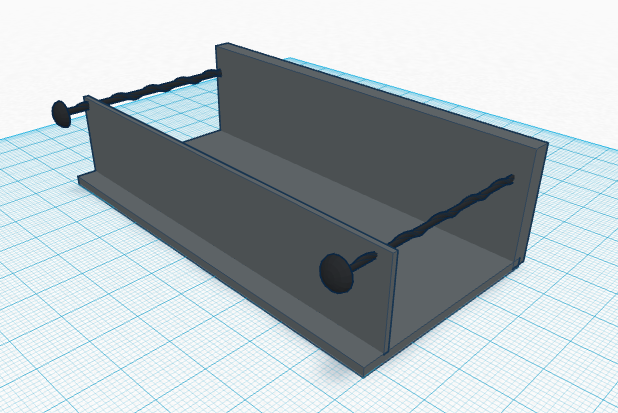BME100 f2015:Group16 8amL6
| Home People Lab Write-Up 1 | Lab Write-Up 2 | Lab Write-Up 3 Lab Write-Up 4 | Lab Write-Up 5 | Lab Write-Up 6 Course Logistics For Instructors Photos Wiki Editing Help | |||||||
|
OUR COMPANY
LAB 6 WRITE-UPBayesian StatisticsOverview of the Original Diagnosis System 1) In BME 100 17 teams measured a total of 34 patients. Meaning each group tested exactly 2 patients each. The teams were given the DNA samples of the 2 patients they were testing along with a positive and negative solution and 8 tubes containing PCR reaction mix and more containing a DNA/Primer mix. After being given all the required solutions the groups had to mix them accordingly and place them in the PCR machine. Once done in the PCR machine the samples have SYBR Green I and Calf Thymus DNA added to them and then were placed in a fluorometer. Pictures were then taken of the samples, which were later analyzed on ImageJ to determine whether the patients were positive or negative for SNP.To prevent error in the results the teams repeated the mixing and pictures 3 times for each patient and solution. Using a micropipette the groups added a certain volume of SYBR Green I and Calf Thymus DNA to the PCR solutions. Using the micropipette ensured consistent volumes for all repeats and new concentrations therefore the results were not affected by an accidental difference in volume. The final data of the class showed a total of 84 PCR tests completed with 26 of them being positive results, 40 being negative results and 18 being inconclusive results. Out of the 34 patients diagnosed only 11 were positive for SNP disease, leaving 23 of them testing negative for the SNP disease. What Bayes Statistics Imply about This Diagnostic Approach Calculations 1 and 2 imply that the individual PCR replicates are reliable for concluding that a person has the disease SNP.This can be told because the values are close to 1.00.However calculation 2 was a lot more reliable than calculation 1 Calculations 3 and 4 imply that the reliability of PCR for predicting the development of the disease is low. The reliability is said to be low because the numerical value for calculation 3 is about 50% and the reliability for calculation 4 is very small (about 25%). Three possible sources of human or machine errors is mix up of the test tubes when they were being labeled and handled between lab days. Another error that could have happened could be when transferring the images to imagej they were mixed up and that was due to us and not having a better system to transfer the photos. The last possible source of error could have happened when we were taking the PCR and not inserting the right fluid into the fluorimeter. All of these could have affected the Bayes values in a negative way either by giving us the wrong value of by having the wrong calculations in the wrong area. Intro to Computer-Aided DesignTinkerCAD Our Design
Feature 1: ConsumablesVery important means that there consumables are essential in the kits and may not be able to be replaced by something else. In our kit the PCR machine, PCR mix, primer solution, SYBR Green solution, buffer, tubes, and glass slides. All this would be individual packaged so they may be sold separately. This is no different then a regular kit because we didn't change the PCR machine we changed a part of the fluorimeter. Our consumables packaging plan addresses a major weakness of needed to package everything separately this is due to needing to not break anything. This can be fixed through selling the PCR machine separate from the other parts. Feature 2: Hardware - PCR Machine & FluorimeterWe will be including the open PCR in our system, but we changed the stand part of the Fluorimeter where a phone is placed. This type of hardware will be utilized for people to change the degree of the phone to be able to achieve the right angle. This changes the way the phone can take the picture and receive the right light to receive the oval shape of the droplet located on the slide. This is used to fix the problem to only have the black background and the droplet. This hardware will help in lowering the possible error of not having enough of the droplet by fixing the angle view of the droplet. The major weakness of the fluorimeter that we used was having trouble to keep the same anglel for each picture with the phone stand given to us. This was due to the fact that the stand was not the right fix for the phone that we were using. Another major weakness that we encountered was having to zoom in the picture because the phone was not close enough to the droplet. Both of these caused us to have problems when taking the picture.
| |||||||





